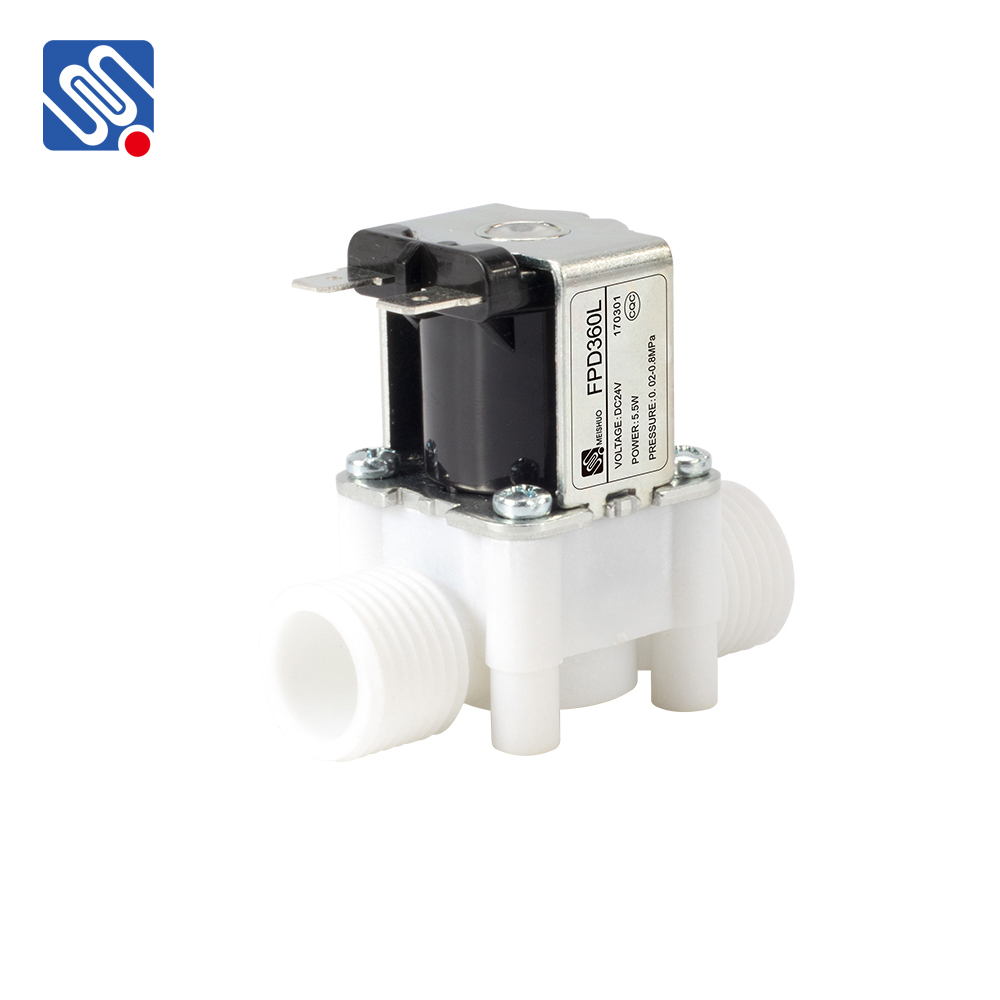Plastic water solenoid valves play an essential role in modern automation systems, particularly in industries and applications that require precise water flow control. As automation continues to expand across various sectors, the need for reliable, efficient, and corrosion-resistant water valves is more important than ever. This article will explore the features, benefits, and applications of plastic water solenoid valves, providing a comprehensive understanding of their significance in today’s world.

Introduction to Plastic Water Solenoid Valves A plastic water solenoid valve is an electromechanical device used to control the flow of water. It consists of a coil (solenoid) and a valve that opens or closes in response to an electrical current. When the current passes through the solenoid, it creates a magnetic field that activates the valve, allowing water to flow through or cutting it off entirely. This mechanism makes it ideal for automated systems where water needs to be controlled remotely or on a set schedule. These valves are typically made from durable, corrosion-resistant plastics such as polypropylene (PP), polyethylene (PE), or polyamide (PA). The use of plastic materials makes the valve lightweight, cost-effective, and resistant to the corrosive effects of water, a crucial factor in applications where metal components would quickly degrade.